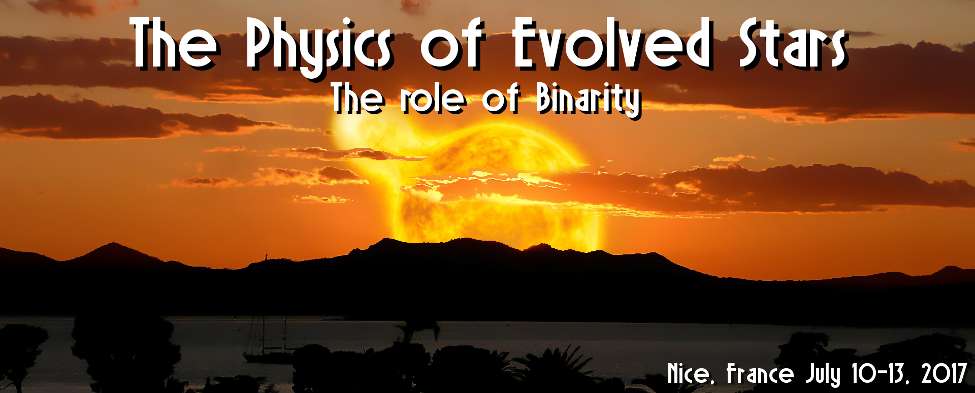CEMP stars are the big subset of metal poor stars which comes in different varieties based on the presence or absence of neutron capture elements in their spectra. Their origin can be understood based on the CNO abundances in them. CNO in CEMP-s stars comes from its AGB companion, where as CNO in CEMP-no come from winds of spinars or faint supernovae. Oxygen plays an important role in distinguishing this scenario. However, obtaining oxygen abudances is very time consuming and difficult in CEMP stars due to the weak 6300 [OI] line and crowded C2 and CN lines in cool-CEMP stars that requires
high resolution, high S/N optical spectra. Hence, we use NIR CO rovibrational bands in the NIR region, to derive oxygen abudances. For a carbon enhanced star the CO lines are sensitive to change in oxygen abundances. We also derived
C,N,O abudances from optical wavelengths to calibrate the O abudnaces from NIR CO lines for
a subset of CEMP stars. Here, we report CNO measurements of 10 CEMP stars
from high resolution optical spectra and low resoluton NIR spectra and compare them. This is
the first time such comparison of CNO abundance over optial and NIR wavalength done in CEMP stars.

|
|
|
|
Carbon, Nitrogen and Oxygen to probe the chemical enrichment in early Galaxy
1 : Indian Insitute of Astrophysics, Bangalore
(IIA)
-
Website
2 : Indian Institute of Astrophysics, Bangalore
(IIA)
3 : Indian Institute of Astrophyscis, Bangalore
(IIA)
4 : Dept. of Astronomy & Astrophysics,The Pennsylvania State University, University Park, PA-16802 , USA
5 : Tata institute of Fundamental research, Mumbai
6 : Indian Institute of Astrophysics, Bangalore-34
(IIA)
* : Corresponding author
|
| Online user: 1 | RSS Feed |

|
 PDF version
PDF version